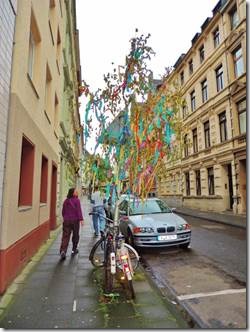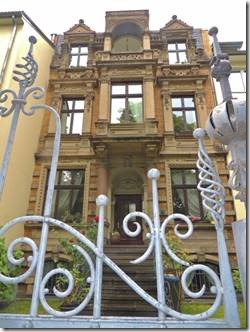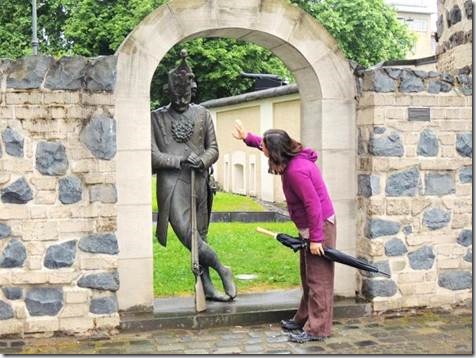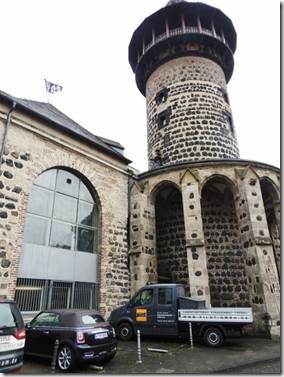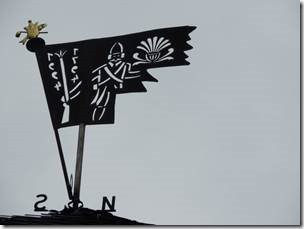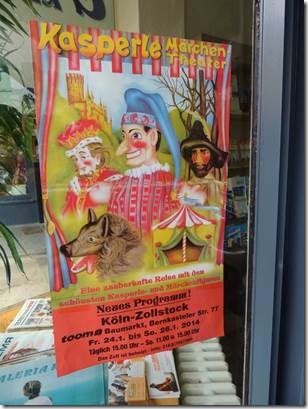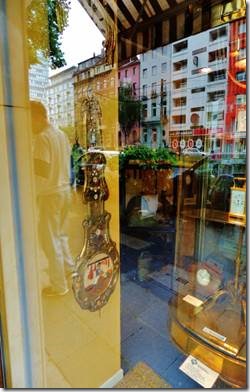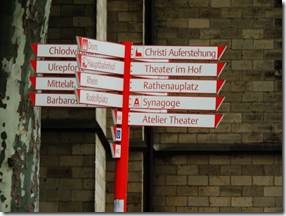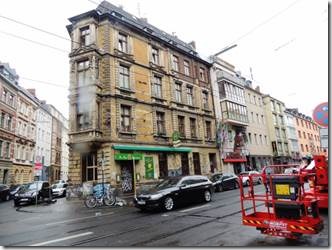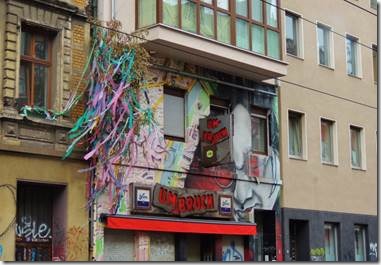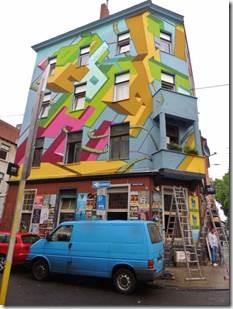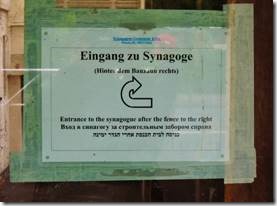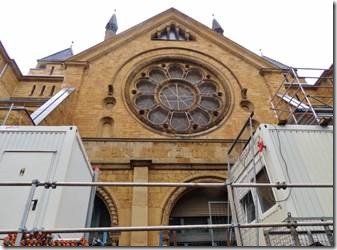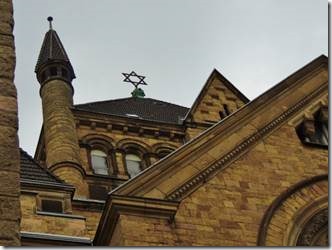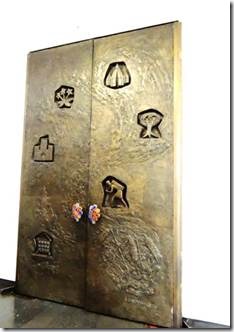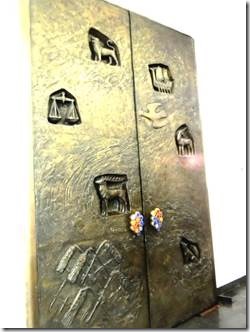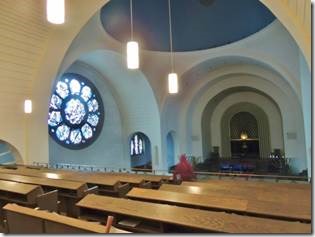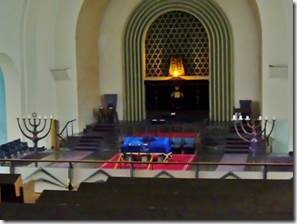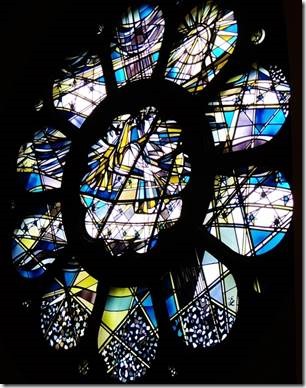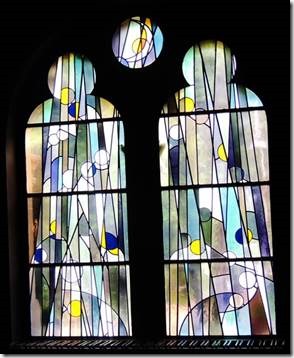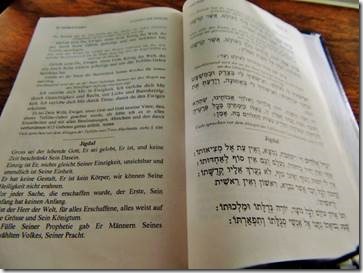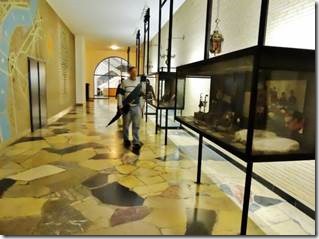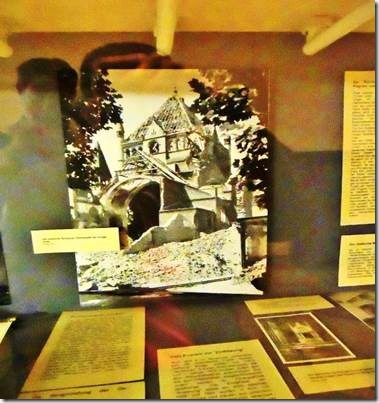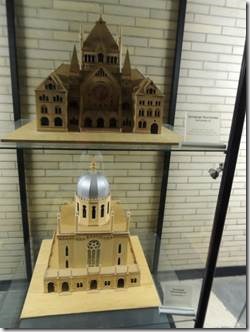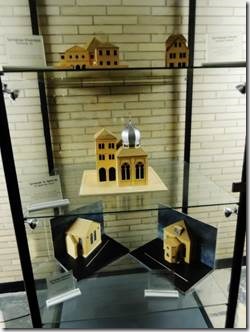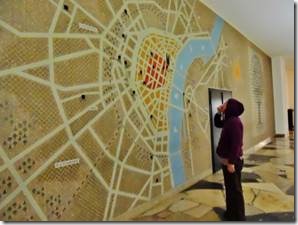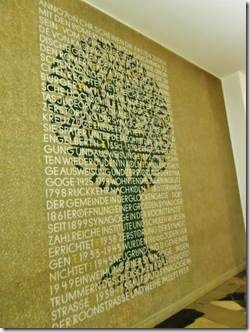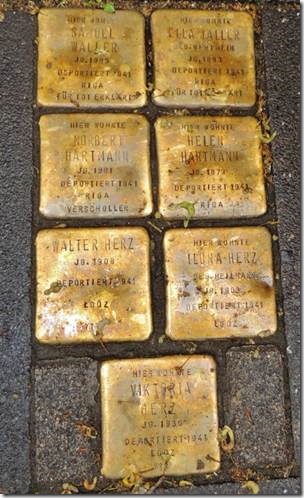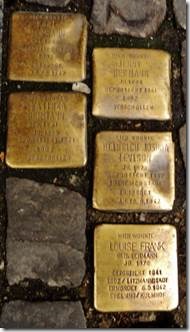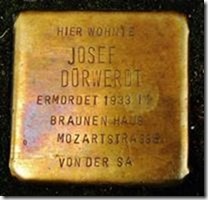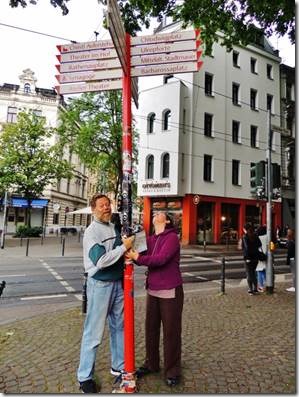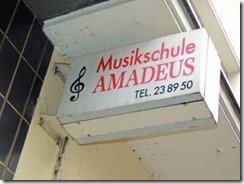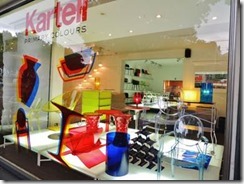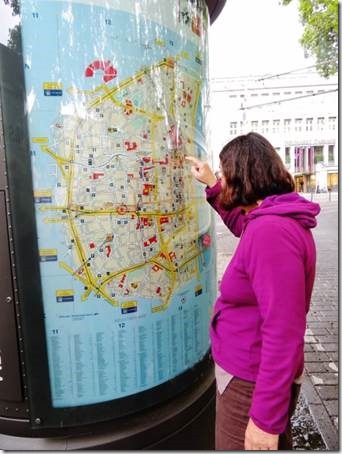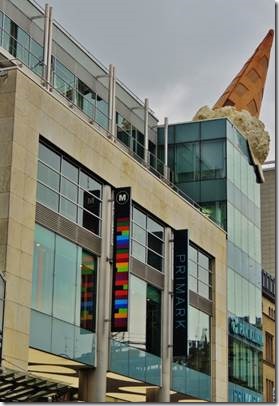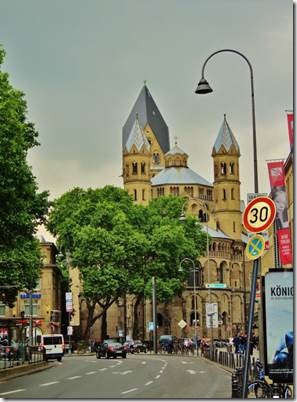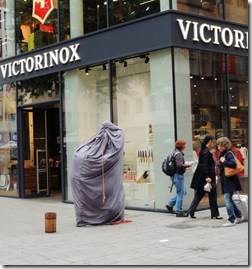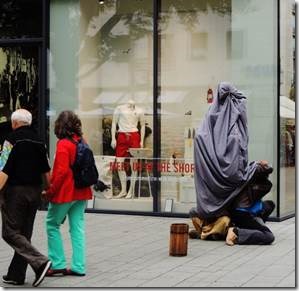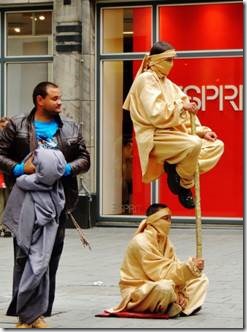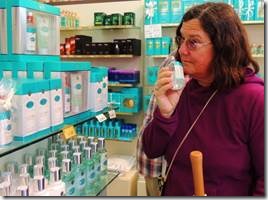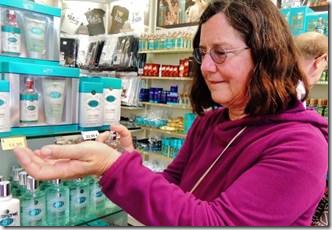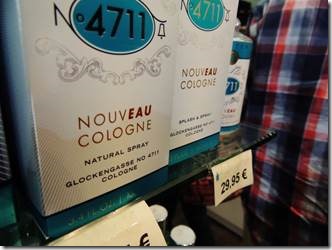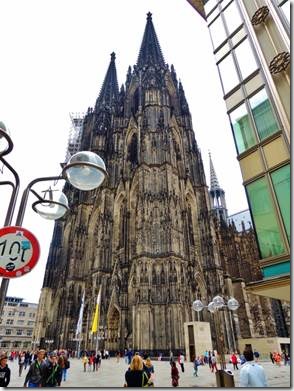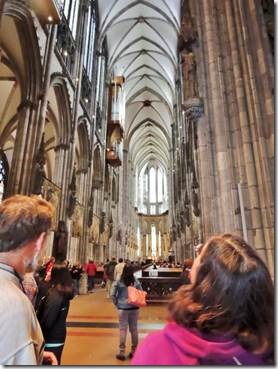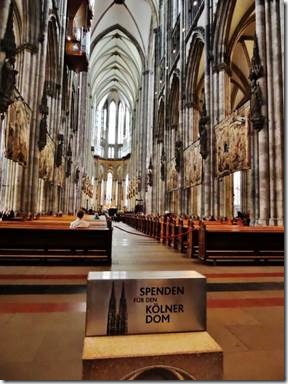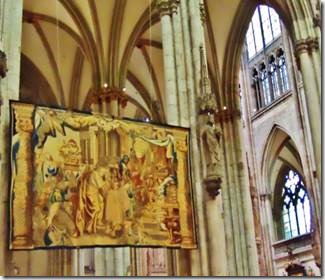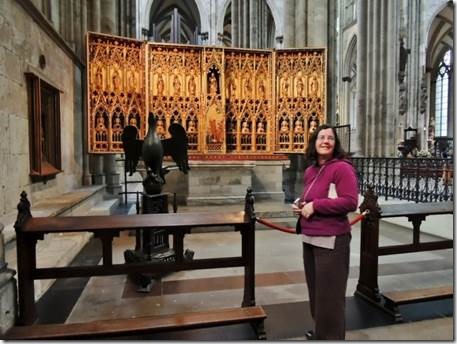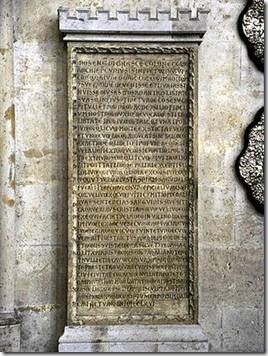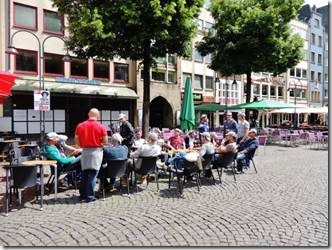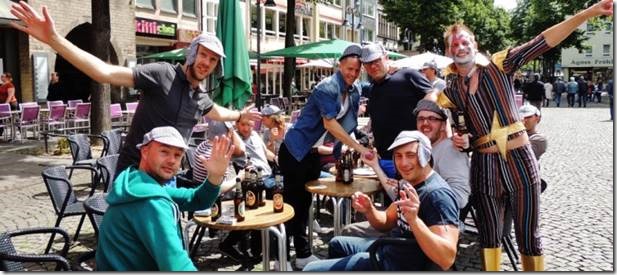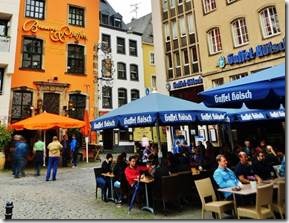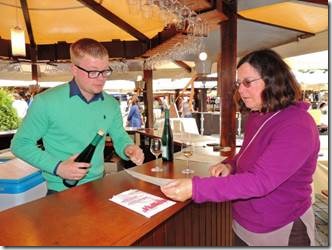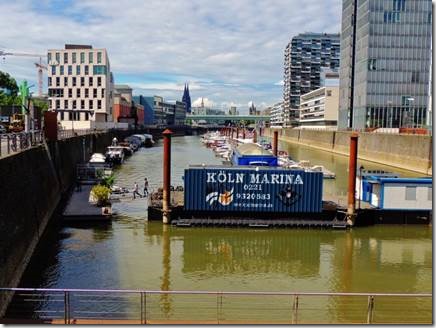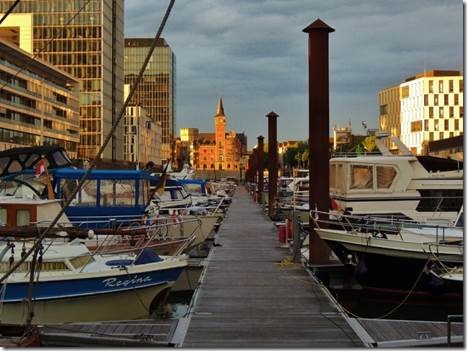Guten Morgen,
“Germany is a country for which Jews have a very visceral reaction.”
http://www.obermayer.us/german/german_conscience.htm
During our travels I’ve made attempts in several countries to seek out the “Jewish presence.” I visited synagogues in Singapore, England and India and while in New Delhi attended a Friday night service with Jewish cruiser friends Linda and Michael on B’Sheret. I’ve visited Jewish cemeteries in Malaysia and Ipswich. I’m neither spiritual nor practicing, though both my sister and I as well as all of our Jewish friends attended Hebrew school and had a Bar or Bas Mitzvah. I learn for the history and the story.
Seeking out the very long, sad, and complicated Jewish history of Germany is not what our journey along the rivers is all about. Meeting people as they are today is why most people become cruisers. Learning the basics of a country’s history and seeing its architecture and natural beauty is part also. But most important is to keep an open mind about everything. If not, there’s no point in traveling. So though I will write about monuments to the Holocaust, that’s just part of what I see. I feel an obligation to do that but also to talk about the lovely people we meet along the way.
Unfortunately most all my knowledge of Germany and a good deal of Western Europe comes from TV or movies which is probably worse than having no knowledge at all. But I’ve never been interested in the history of European kings, queens or battles. The life of everyday people is what I find interesting. So as we travel along I can tell you what I see, but not much more than that.
Cologne for a day……
Cologne, German Köln , fourth largest city in Germany and largest city of the Land (state) of North Rhine–Westphalia. One of the key inland ports of Europe, it is the historic, cultural, and economic capital of the Rhineland.
Cologne’s commercial importance grew out of its position at the point where the huge traffic artery of the Rhine (German: Rhein) River intersected one of the major land routes for trade between western and eastern Europe. In the Middle Ages it also became an ecclesiastical centre of significance and an important centre of art and learning. This rich and varied heritage is still much in evidence in present-day Cologne, despite the almost complete destruction of the Inner City (Innenstadt) during World War II. Cologne is the seat of a university and the see of a Roman Catholic archbishop. Its cathedral, the largest Gothic church in northern Europe, was designated a UNESCO World Heritage site in 1996; it is the city’s major landmark and unofficial symbol. Area city, 156 square miles (405 square km). Pop. (2006 est.) 989,766.
Cologne is the fourth largest of Germany’s cities (only Berlin, Hamburg, and Munich are larger). Some four-fifths of its population is of German nationality; of the remainder, most are southern European guest workers who have moved to the city since the 1970s, chiefly from Turkey and Italy but also from the Balkan states. The predominant religion of the German community is Roman Catholicism, but there is a large Protestant minority. There is also a sizable Muslim community and a small Jewish one.
|
Paper streamers were in evidence but I don’t know why. Lots of lovely old buildings too |
|
Wake up! Ulrepforte The name Ulrepforte is derived from the earlier name for potters, the Euler or Uler, who once had their businesses here. You can see from the ruins that the Ulrepforte was originally a larger city gate with two towers. In the 15th century a mill was built here, the tower of which has been preserved. It belonged to the nearby Carthusian monastery. At the other side, a small bastion was added on. In 1881, the city wall was torn down. Only very little of it still remains intact. Today the "Kölsche Funke rutwiess", which is the city’s oldest traditional carnival corps, has its headquarters here. This is an historical reference to the city’s former defences: The foundation of the Red Sparks in 1823 was an ironic allusion to the city soldiers of the former Imperial City of Cologne. The city soldiers, or sparks, were not particularly respected. They were seen as harmless drinkers with little battle courage. Reference to this is made by the sleeping radio next to the old gate (The word ‘Funke’ can mean both a spark or radio). Two other traditional carnival societies, the Blue Sparks and the Prince’s Corps, are in residence nearby, on the other side of Ulrichgasse, in the old fortified towers to the right and to the left of the surviving section of city wall. The two other surviving medieval city gates are Severinstor at Chlodwigplatz and Eigelsteintor in the north of the city. http://www.shoppingguide.ihk-koeln.de/ |
|
Flyer for a puppet shoe; I’d love to see one and a clock with a second hand that was a butcher’s knife. |
|
The maps said one way to the Synagogue but the street sign pointed otherwise. We made the mistake of following the sign rather than listen to Mary. More streamers and street art. |
|
Visiting the Synagogue was an experience. First of all it was Friday so I wondered if a visit would even be possible. But we pressed the buzzer and were allowed into the hallway. There we were asked to show our passports which we didn’t have. Then they asked if we were Jewish. I said I was but Mary is Catholic and Rick’s parents were Protestant but he grew up in a Chicago neighborhood with lots of Jewish people. But did Rick or Mary have any ID? No as a matter of fact. But I had my VA driver’s license and as Mary and Rick were my good friends, we were all allowed in. Unfortunately nothing was in English and there was no one about to speak with. But we walked around and took photos with their permission. Later when we visited the tourist office and I asked for information about the synagogue I was handed a “Holy Cologne” brochure with a photo and one paragraph and was told visits were only allowed by booking with the tourist office. I shouldn’t have told her we’d already visited as that made her smile go away. Because of security issues visiting synagogues outside the US and Israel is more complicated and I’ll remember that for the future. As it was the two gentlemen manning the door were very nice. I left a donation on our way out. Renovation work hides most of the exterior. “Since 1899, the neo-Romanesque synagogue on Roonstrasse has been the largest religious and cultural centre for the Jewish communities in Cologne. After being burned down by the Nazis on 9 November, 1938, the synagogue was rebuilt between 1957 and 1959. The building’s main front has three arched portals and a large gabled façade with a centrally positioned rose window. In 2005 Benedict XVI became the first pope to visit a Jewish house of worship in Germany when he went to the Cologne synagogue during the 10th World Youth Day. Cologne Tourism brochure “Holy Cologne” 2014/2015 The Roonstrasse synagogue was reopened in 1959, having been restored with the financial support of the German government. It contains a memorial hall, with a plaque paying tribute to all the Shoah’s victims, and specifically to the 11,000 Jews deported, most to their deaths, from Cologne. http://www.germansynagogues.com/ The Jewish community in Cologne is Germany’s oldest, dating from Roman times. The city’s Roonstrasse Synagogue was destroyed in 1938 during the Nazis’ Kristallnacht pogrom and not rebuilt until 1959. http://www.npr.org/templates/story/story.php?storyId=4807640 http://www.tabletmag.com/ tells about Jewish life in Cologne today. |
|
Doors into the main sanctuary : I’m guessing each one of the symbols represents one of the Twelve Tribes of Israel |
|
The main sanctuary |
|
Lovely stained glass windows |
|
German Hebrew prayer book |
|
The destroyed synagogue |
|
I believe these are models of the 5 synagogues that were pre-WW 2 |
|
A map showing what was once the locations of Jewish areas in Cologne and what I think is the memorial plaque referred to above. |
|
Brass memorial plaques were embedded in the sidewalks “Those who tread on the brass plaques actually keep the memories alive by inadvertently rubbing the rust off the metal and bringing back the shine. Even if they’re liable to overlook the little inscriptions. So the plaques are intended to be trodden upon. And to spark sidewalk chats among passersby while Demnig is busy hammering in the engraved cobblestones. To read the inscription you’ve got to bend over – which may be interpreted as bowing to the victims in tribute. ….. The artist hit on the idea of the “stumbling blocks” in 1993 while commemorating the murdered Sinti and Roma gypsies in Cologne. By August 2008 Demnig had laid some 15,000 stones in over 345 towns, and there’s still a steady stream of incoming requests.” http://www.goethe.de/kue/arc/dos/dos/zdk/en78940.htm brass memorial sidewalk plaques |
|
Rick and Mary trying to turn the sign post to point in the correct directions; but it really wouldn’t budge and we didn’t want to attract too much attention messing around with a street sign. |
Cologne
http://www.museenkoeln.de Cologne’s National Socialism Documentation Center
“The establishment of the NS Documentation Centre of the City of Cologne is itself a typical example of the politics of memory in Germany. It could not have been established without citizen involvement, nor could it continue without this important element today.”
Karl Wozniak
by Jane Ulman
January 3, 2014 | 10:47 pm
“One dark November evening in 1938, as 14-year-old Karl Wozniak and his younger brother, Max, left their Cologne apartment for a walk, they saw a fire burning in nearby Horst Wessel Park. They headed toward the flames and spied a group of Nazis standing around the fire. They stayed in the shadows, saying little, and soon returned home……”
http://www.jewishjournal.com/survivor/item/survivor_karl_wozniak

